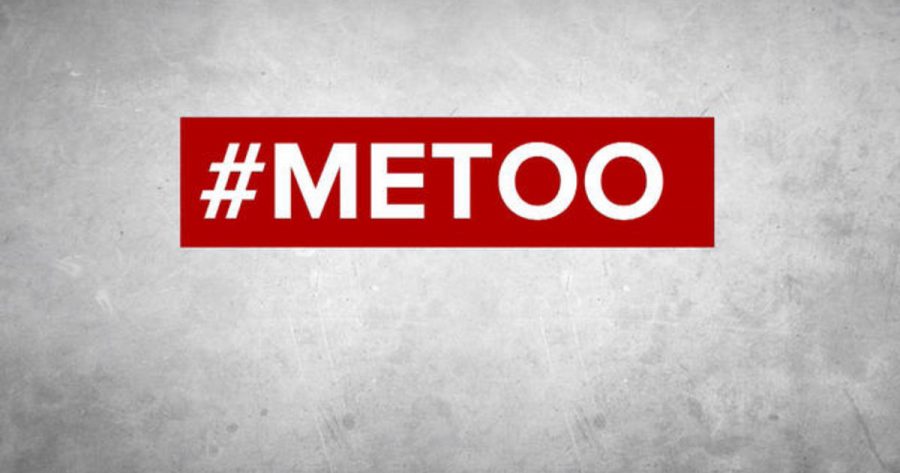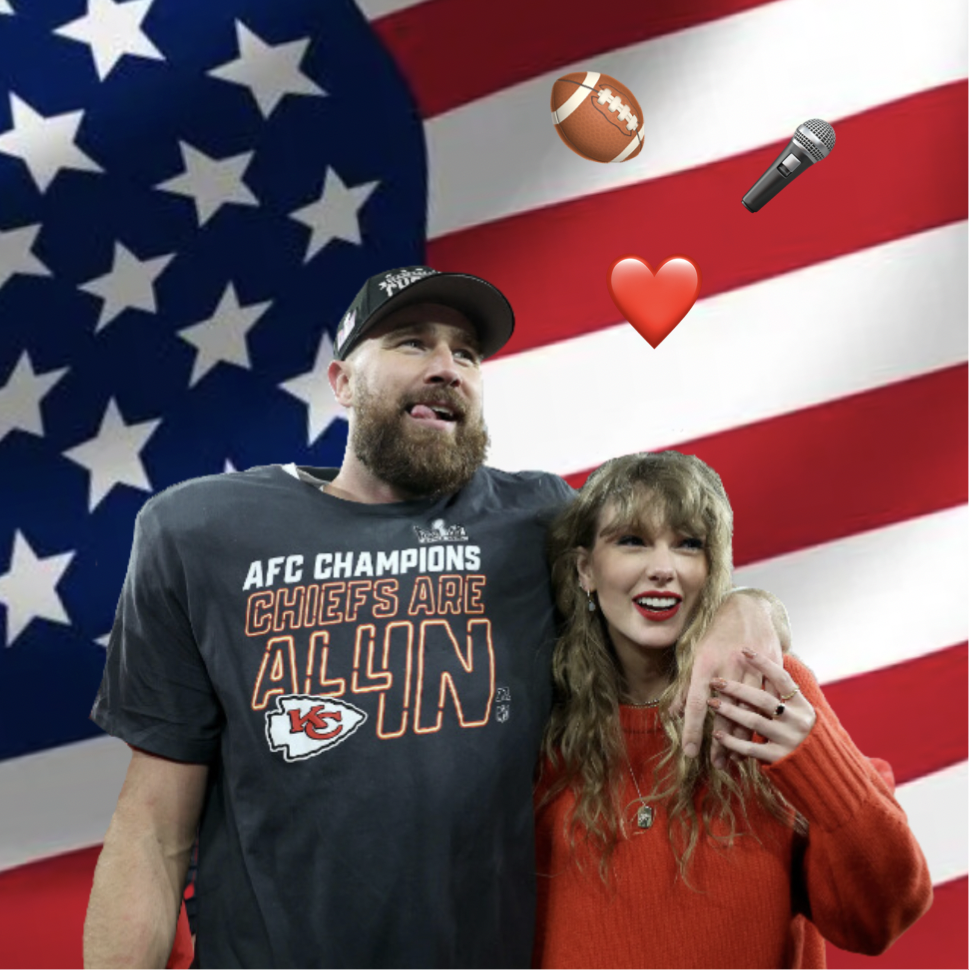By Katie Sittig-Boyd
Staff Writer
It’s pretty well-established that gender and sexual attraction are a spectrum and sometimes difficult to quantify.
The most obvious example of this is “boyfriend.” People still jump to a lot of conclusions when they hear about someone’s significant other.
In one sense, this is understandable, since as a culture we tend to assume heterosexuality is the default. However, especially in a progressive setting such as, say, Simmons College, it’s ridiculous to assume that “boyfriend” should be the first thing to come to mind when a student here says that they are dating someone.
There are a lot of alternatives to “boyfriend,” especially if the gender identity of the person in question is undefined. Some good choices are “significant other,” “boo,” and “partner,” depending on the relationship the two (or more) people have.
Although the initial assumption of “boyfriend” is a common mistake, it’s time to ditch that terminology.
As a general rule, it is unnecessary to determine the gender of someone’s significant other anyway. Does it matter? If it is important, it will come up in conversation; if not, why is it so critical to know?
A crucial aspect of dismantling heteronormativity is eradicating the concept of binaristic relationships between people—that is, assuming the sexual/gender identity of an unknown person based off of the known person and, for that matter, assuming the gender/sexuality of the person you are speaking of with in the first place.
One of the best ways to cut out gendered terminology is to start integrating some gender-neutral terms into your daily vocabulary. A good start is using gender-neutral pronouns; generally “they/them” pronouns suffice.
It is incredibly common to assume that the pronoun “she” applies to every Simmons student. While the majority of students on campus may be perfectly content being referred to by “she/her” pronouns, there are many students who use other pronouns, so defaulting to “they” rather than “she” is a simple gender-neutral vocabulary shift you can make to accommodate gender identities beyond the boy/girl default.
Although the idea that gender is not as “concrete” as many people seem to conceptualize it may be difficult to internalize at first, it becomes simpler with practice.



















